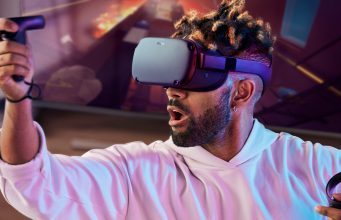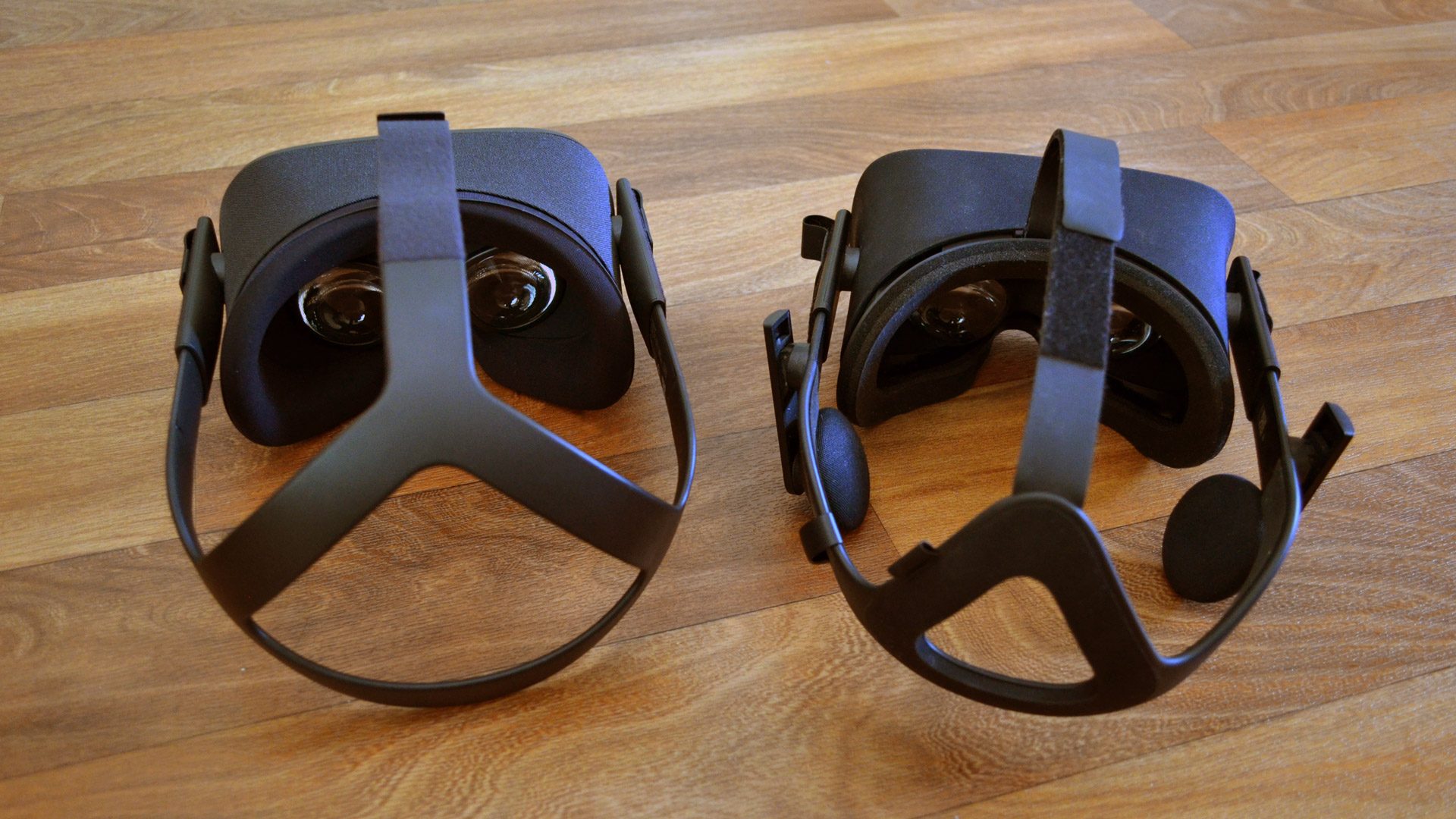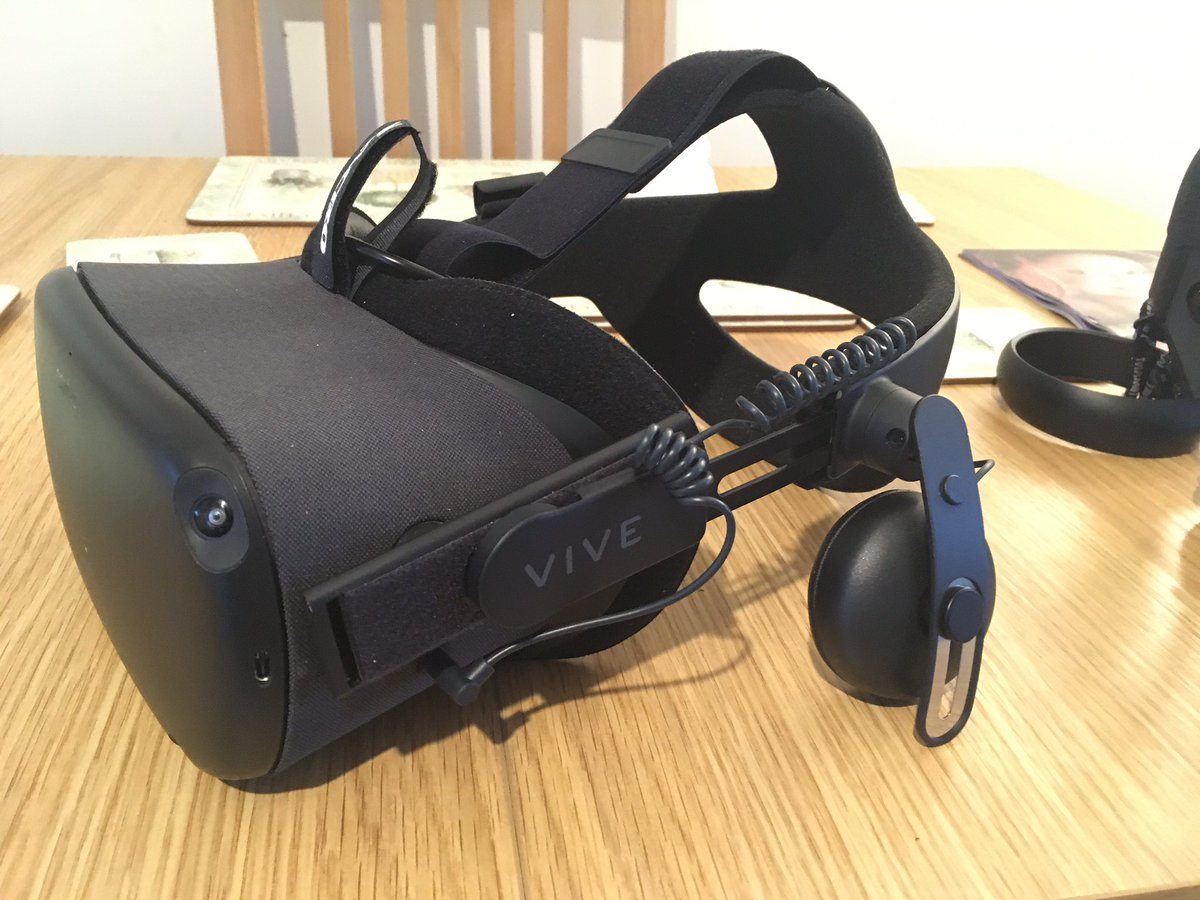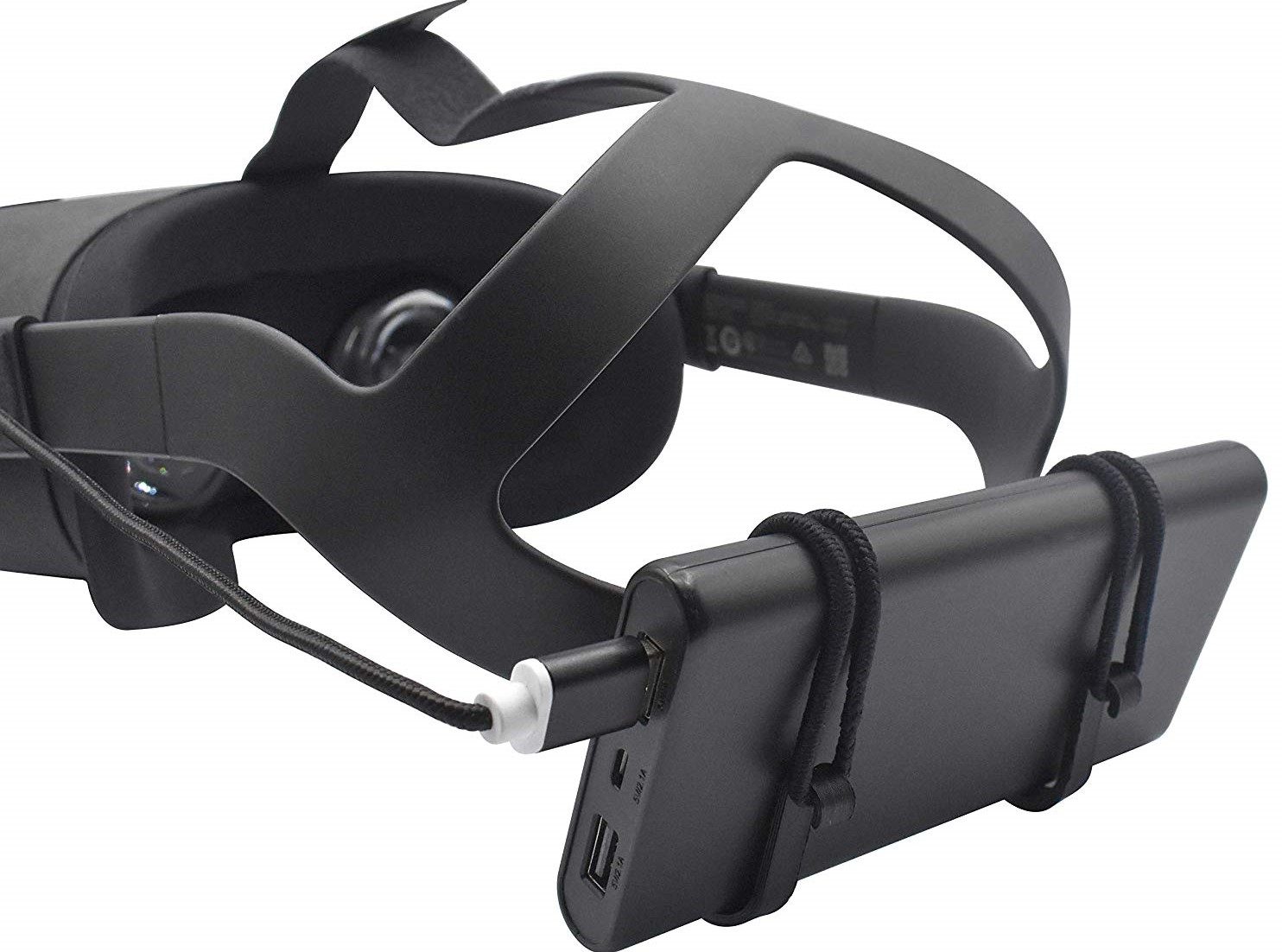
Oculus Quest is an awesome achievement in engineering; no other standalone VR headset offers the quality, rock solid positional tracking, ease of use, and competitive price point as Quest. But still, you may find that once your wallet is $400 lighter that there’s still some room for improvement in one very important area, namely comfort.
Let’s face it. Quest is front-heavy, and you only need an hour with the 571 g (1.25 lbs) headset to start feeling the effects on your face, neck, and maybe even the bridge of your nose and forehead—and that’s even when you know how to wear it properly.
Sadly, no amount of tightening straps or repositioning can change the fact that Quest’s on-board battery and Snapdragon 835-driven computer have been placed in the front along with the displays and then combined with a similar head strap design used in the 2016-era Oculus Rift, replete with semi-flexible side and overhead velcro straps.

Thankfully, a number of intrepid DIY’ers and manufacturers alike have come up with some pretty nifty ways of making Quest more comfortable.
FrankenQuest
Using the HTC Vive’s Deluxe Audio Strap (DAS), you can actually hack your way to more comfortable weight distribution fairly easily, provided you already own the $100 accessory.
If not, you still might want to consider ponying up to make a FrankenQuest, as it actually does a remarkable job at distributing the headset’s weight more evenly. A crank-style ratcheting system, much like the one employed on the Oculus Rift S, is also a bit better suited for quick adjustments. Another great thing: integrated audio plugs right into the Quest’s 3.5mm audio port, giving better noise isolation for a more immersive experience.

Thankfully the mod is also entirely reversible, leaving no permanent sign on your precious Quest. It does however make it slightly less portable, as the DAS is a bit larger and less flexible than the original Quest strap system. That said, it’s much easier to detach, as the only thing holding it to the display portion itself is a pair of self-supplied pieces of velcro and a single D-ring.
If you’re looking for a simple set of instructions on how to make your FrankenQuest, MRTV’s Sebastian Ang has a great video that takes you step-by-step on how to remove the stock strap and replace it with DAS.
Counterweights & Extra Straps
While Oculus Quest’s strap isn’t bad, it’s just not nearly as well-suited to a front-heavy design, making a simple counterweight to offset that forward-facing bulk a solution worth looking into.
Adding your own external battery to the back of the strap can not only help you rebalance the headset, but also give you more juice for longer play sessions. You can go as simple as securing the battery with zip ties, or a more elaborate clip system you can either 3D print or order from sites like Amazon.

Alternatively, you can get a little more expensive by pre-ordering an Oculus Quest VR Balance Comfort Counterweight Mod for $30 (as seen above). It’s low profile and fits onto the outside of your existing strap, although since it’s the product of a Kickstarter campaign, the jury is still out on the product’s overall quality. It’s also just a simple counterweight, and not a battery, so you’ll trade functionality for what VR Balance considers a perfect balance.
An option that can be used in concert with counterweights is extra over-head straps, which help to better redistribute weight evenly across the head. You can find a such a strap on Amazon, eBay, and through the VR Balance website too. Since it’s a simple piece of stretchy fabric with velcro, expect to pay anywhere from $4 – $20.
Extra Padding

The interior the the Quest strap is meant to cradle your head, although it doesn’t add much padding for long-term comfort. Here, you’ll find a few options that fit snugly to the interior part of the back of the strap.
- Esimen Head Strap Pad ($22)
- Eyglo Head Pad ($20)
- VR Cover Head Strap Foam Pad ($19)
This also adds a little more bulk to the back portion for the headset, which essentially makes it counterweight too.
VR Covers
The more you use your Quest, the more oils, sweat, grime and general face-related garbage will eventually absorb into the facial interface. And while putting it back on time and time again may cause acne, you don’t need to see a breakout on your forehead and around your eyes to feel weirded out about keeping a bacteria-laced sponge on your face.

Released back in the pre-consumer days, the ‘VR Cover’ brand of VR covers has created soft PU leather facial interfaces for most headsets to come to market, including Vive, Rift, Go, Windows MR, Rift S, Index and Oculus Quest.
VR Cover is far from the only game in town though, as Amazon has blown up with functionally similar options that range from simple cloth coverings to silicone gaskets. Whatever you choose, make sure to pack the sanitizing wet wipes, and definitely don’t use them on the lenses.
Not only will you have peace of mind when it comes to never having to bathe in your own (or someone else’s) face grease ever again, you can easily wipe off all the sweat you generate from those long sessions of Beat Saber (2019).
And there you have it, a few nifty ways of keeping comfortable in Quest. If you have any hacks, mods, or brilliant ideas, let us know in the comments below!
The post 5 Oculus Quest Hardware Mods for Better Comfort appeared first on Road to VR.
from Road to VR https://ift.tt/2GE4Yhv
via IFTTT
No comments:
Post a Comment